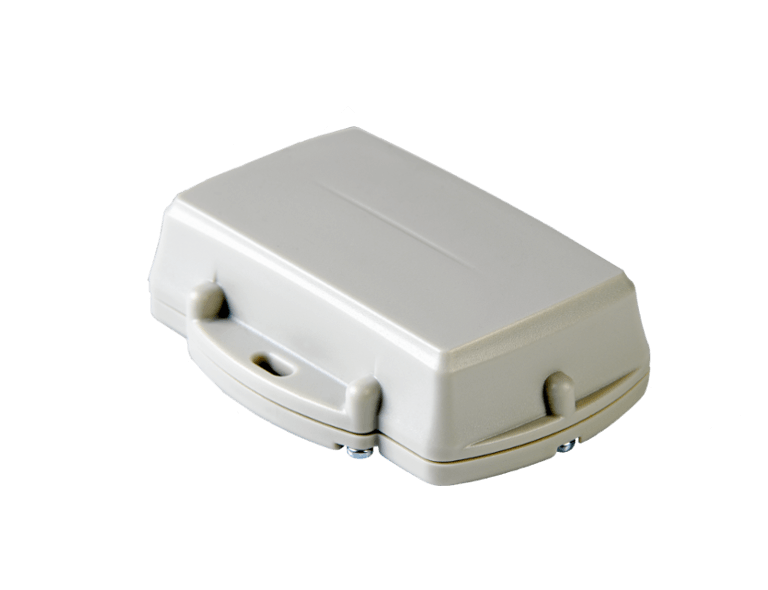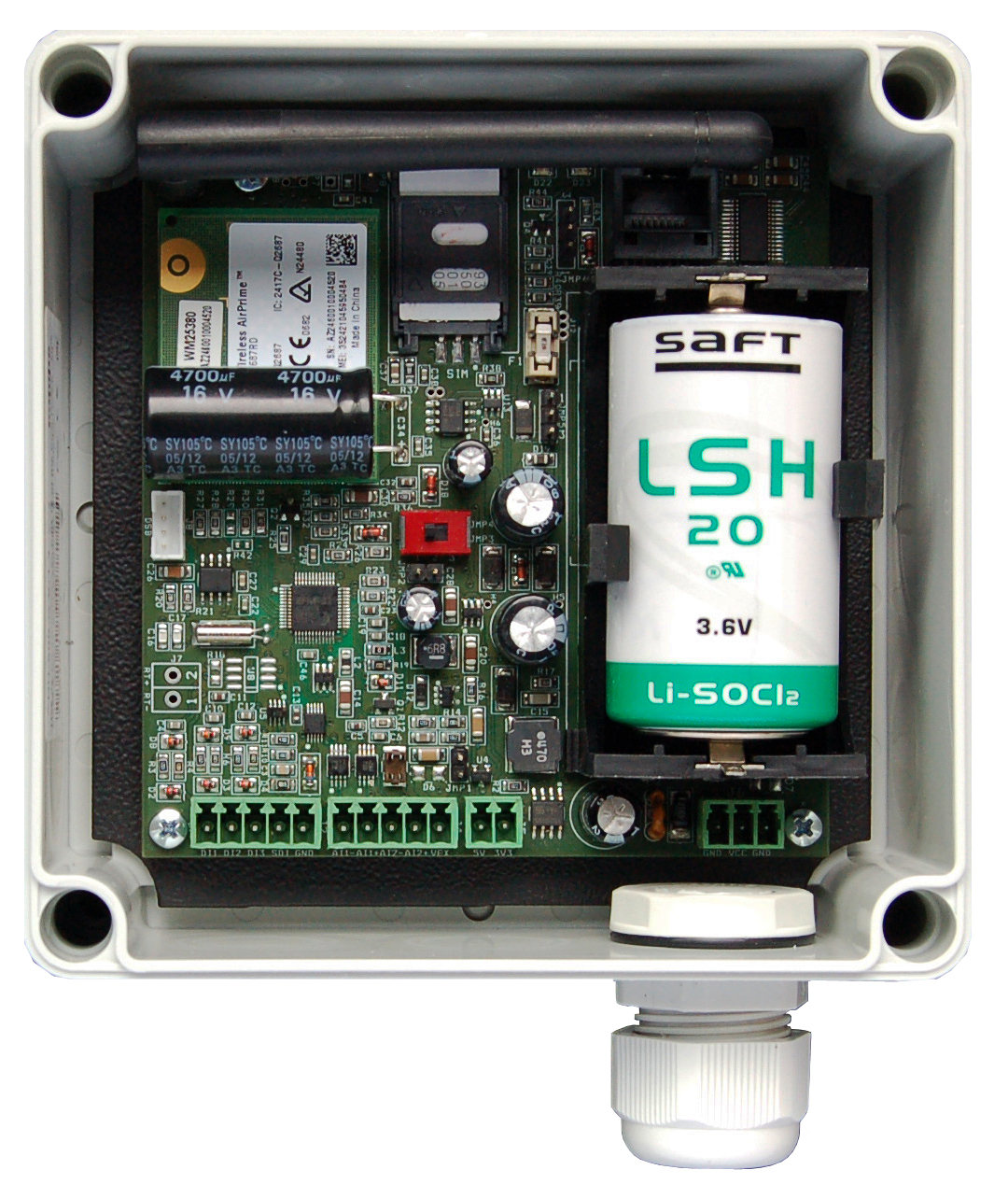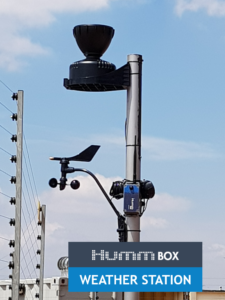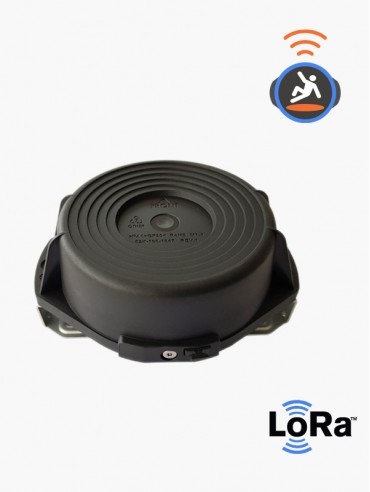Beskrivning
SMALL IP67 BATTERY-POWERED GPS ASSET TRACKER FOR USE ON LORAWAN™ NETWORKS
The Yabby is a compact, rugged GPS tracking device that has been designed for tracking assets where a small device is required, such as on animals, livestock, packages, bags, bicycles and other assets.
The IP67 rated housing is rugged and UV stable, so the Yabby can be mounted on assets that are exposed to rain, dust and outdoor conditions.
The Yabby can operate in ultra-low power modes, and with a battery life of up to 3 years the Yabby can be attached to assets and tracked without needing to change batteries often.
The Yabby has a high-performance GNSS module (GPS, BeiDou, Galileo, GLONASS, QZSS), a 3D accelerometer and internal antennas for GPS and LoRaWAN communications.
The Yabby operates on both private and public LoRaWAN networks around the world to give you coverage of your assets at a low data cost. The Yabby is available in 868MHz and 915MHz versions to cater for the various LoRaWAN regions around the world.
The Yabby uses 3 x AAA 1.5V “off the shelf” alkaline and lithium batteries. These are generally available at retail outlets from manufacturers like Duracell and Energizer.
- Tiny IP67 rugged weather-proof device
- Battery powered by 3 x AAA 1.5V consumer batteries
- High performance GPS and accelerometer
- Up to 3 years asset location (once daily)
- Small, compact and easy to install and conceal
- Configuration via USB cable and over-the-air via downlink messages




